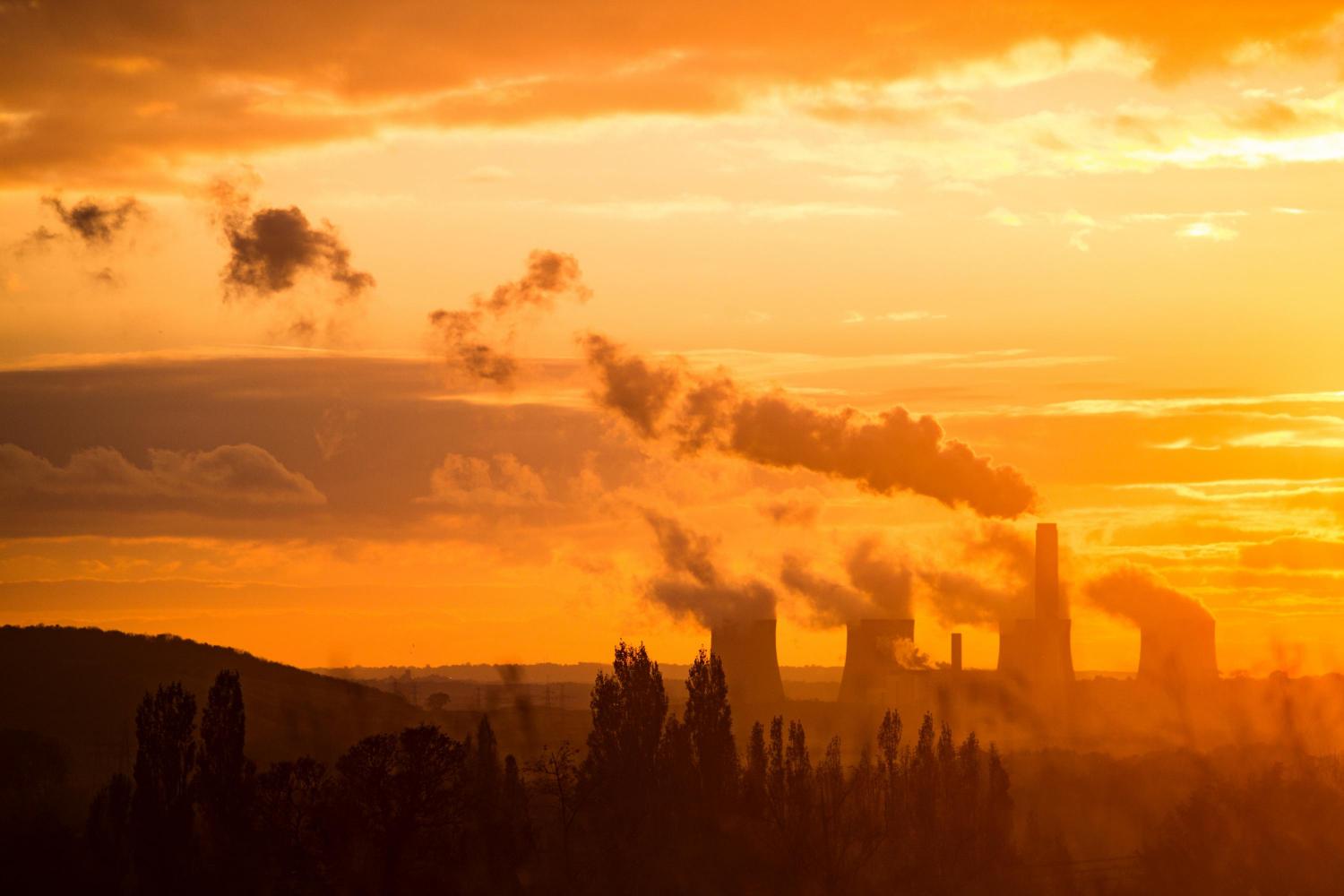
Former New York Mayor Michael Bloomberg created a media firestorm earlier this week when he announced the launch of Beyond Carbon, a new $500 million campaign aimed at closing all the remaining coal-fired power plants in the U.S. by 2030.
From the perspective of public policy, the task appears to be an impossible one. The 2030 goal is barely more than 10 years away, and coal still provides for just over one-fourth of the nation’s electricity generation, according to the U.S. Energy Information Administration.
However, that’s just the top-down perspective.
When viewed from the bottom-up perspective of thousands of individual stakeholders in the U.S. business community, a different picture emerges.
Action steps for a low carbon future
The 2030 coal power goal has garnered the most attention from the media, but Beyond Carbon encompasses much more. It lays out a roadmap that shows how business can take concrete, meaningful actions that help put the 2030 goal within reach.
In a nutshell, that’s the hidden messages behind the Beyond Carbon campaign. The low carbon future is not some far-off dream. Technology is available today that can make it happen.
To prove it, the Beyond Carbon website provides a short list of four action steps that may already be familiar to any business with a track record in sustainability.
Shedding coal and natural gas, too
The first item is to replace both coal and gas power plants with “renewable and zero carbon energy sources.” That may be the easiest action for some businesses to accomplish, though perhaps the most difficult for some others.
Until recent years, businesses seeking wind and solar-sourced electricity had to develop their own arrays of solar panels and wind turbines. That market is still growing, but now many ratepayers can simply access wind and solar through their local utility.
Some utilities are becoming more proactive about offering wind and solar options for local businesses.
Local governments are also becoming more aggressive about negotiating with utilities for more wind and solar on behalf of ratepayers, partly through new community choice aggregation programs.
In addition, new financial tools are emerging to help smaller businesses (and nonprofits, too) gain a foothold in renewable energy.
Innovating for renewable energy
One interesting initiative to emerge in that category is a renewable energy collaboration involving Bloomberg, Cox Enterprises, Gap Inc., Salesforce and Workday. The five global companies recently joined together in an aggregation partnership aimed at kickstarting a new 42.5 megawatt solar farm in North Carolina. With these “anchor tenants” on board, the project can get off the ground and make solar-sourced electricity available to other, smaller buyers.
New blockchain software that creates seamless transactions between renewable energy owners and buyers is also coming into play.
Rounding out the picture is the emergence of market research firms that promote transparency in renewable energy pricing.
To top it all off, the Department of Energy continues to be a powerful advocate for wind and solar.
Among many Energy Department initiatives is the SolSmart program, which aims at streamlining local regulations for solar installations. The agency is also working with the nation’s tribal governments and the vast rural electric cooperative network to introduce more renewable energy in local communities.
The renewable energy transition, one vehicle (and building) at a time
Two other items on the Beyond Carbon list are well within the grasp of many U.S. businesses: replacing petroleum-fueled vehicles with electric vehicles, and replacing oil and gas in building systems with electricity.
While vehicle emissions seem to be engaging more public attention, emissions from buildings are also a significant source of greenhouse gas emissions in the U.S.
That explains why building electrification is suddenly becoming a hot topic. Electrification also provides a good bottom line justification to invest in electric heat pumps and other energy efficiency upgrades.
The low carbon industrial revolution of the future
The fourth action step involves modernizing industry and infrastructure to reduce emissions.
Beyond Carbon specifically calls for ending “wasteful flaring and leakage of methane gas.”
That seems to be targeting livestock and agriculture operations, but businesses in other sectors can also contribute by encouraging the use of lower-emission systems in their supply chain.
The methane gas issue also involves the production and use of petrochemicals based on oil and coal as well as natural gas.
Here, too, businesses can be alert for opportunities to reduce carbon in their supply chains. Cutting down on single-use plastics is one good example. Another is sourcing hydrogen from renewable resources rather than fossil natural gas.
What about nuclear energy?
Businesses that are sensitive to opponents of nuclear energy should also be aware that the Beyond Carbon campaign leaves the door open for additional nuclear development. While focusing strongly on renewables, the campaign specifically includes “zero carbon” electricity sources alongside renewables.
The prospects for growth in the U.S. nuclear power generation sector may seem remote, considering recent debacles like the cost overruns at the Vogtle nuclear power plant.
However, nuclear stakeholders continue to hold out for a brighter future in their industry. The Beyond Carbon campaign dovetails with that aim by calling for the mass electrification of buildings and vehicles.
Gains in energy efficiency can help offset some of the increased demand for electricity, but nuclear advocates argue that renewable energy is insufficient to achieve aggressive zero-carbon goals.
Regardless of the role (or not) of nuclear energy, businesses that seek to help build the low carbon economy of the future have many opportunities to do that right now, both through direct action and by steering their supply chains in a more sustainable direction.
Image credit: Diana Parkhouse/Unsplash

Tina writes frequently for TriplePundit and other websites, with a focus on military, government and corporate sustainability, clean tech research and emerging energy technologies. She is a former Deputy Director of Public Affairs of the New York City Department of Environmental Protection, and author of books and articles on recycling and other conservation themes.














